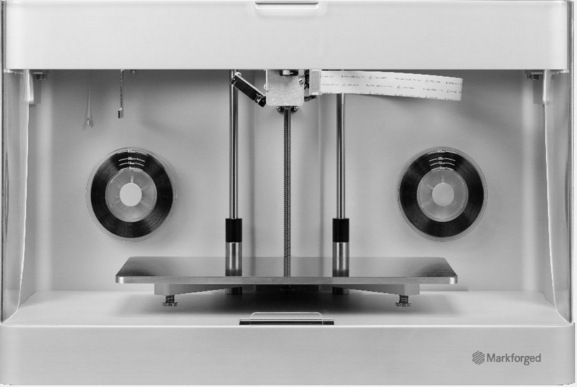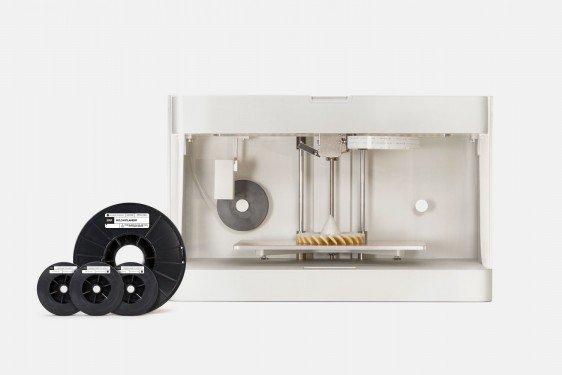 When you think of materials with strength and durability, plastic and glass are not the first that come to mind. When put together, though, they comprise one of the strongest, toughest materials there is. Fiberglass makes up key components of our homes and cars, of boats and airplanes, and many of the objects we rely upon but don’t think about – manhole covers, for example. Besides its strength, fiberglass has is extremely lightweight and flexible – it’s no wonder that manufacturers love it so much.
When you think of materials with strength and durability, plastic and glass are not the first that come to mind. When put together, though, they comprise one of the strongest, toughest materials there is. Fiberglass makes up key components of our homes and cars, of boats and airplanes, and many of the objects we rely upon but don’t think about – manhole covers, for example. Besides its strength, fiberglass has is extremely lightweight and flexible – it’s no wonder that manufacturers love it so much.
Until very recently, fiberglass wasn’t a material we saw much in 3D printing. For a long time, 3D printers just weren’t capable of printing composite materials, but that began to change when companies like Impossible Objects and MarkForged came along. MarkForged’s Mark One printer generated quite a buzz when it was released in 2014, as the first 3D printer ever to print with carbon fiber; it also boasted capabilities for other super-strong materials such as Kevlar and fiberglass.
 Just last month MarkForged released the faster, stronger, better version of the printer: the Mark Two, which officially started shipping at the end of February. With new printers frequently come new materials, and today the company has announced that they have developed a new form of fiberglass material: High Strength High Temperature (HSHT) fiberglass. It possesses a heat deflection point of 140°C (284°F), 30 percent higher than MarkForged’s standard fiberglass material.
Just last month MarkForged released the faster, stronger, better version of the printer: the Mark Two, which officially started shipping at the end of February. With new printers frequently come new materials, and today the company has announced that they have developed a new form of fiberglass material: High Strength High Temperature (HSHT) fiberglass. It possesses a heat deflection point of 140°C (284°F), 30 percent higher than MarkForged’s standard fiberglass material.
This heat tolerance makes HSHT fiberglass ideal for so-called “under hood” applications. It’s hot under the hood of the car, and the need for materials that are strong, heat-tolerant and lightweight has made the manufacture of under-hood automobile (and aerospace) components tricky and expensive at times. The industrial desktop Mark One and Mark Two printers have already been lauded for their ability to print high quality end use parts, rather than just prototypes, and MarkForged’s new material should be highly appealing as it possesses all of the properties required for under-hood parts, at much less cost.
According to MarkForged, HSHT fiberglass is only the first of many new and improved materials we’ll be seeing from the company this year.
“2016 is the year of materials at Markforged,” says CEO Greg Mark. “Throughout the year you’ll see the release of stronger, more advanced materials that expand the range of parts that can be 3D printed.”
HSHT fiberglass is available with the Mark Two Enterprise Kit, which, at $13,499, is the most expensive and highest-capability printer package. The $5,499 Mark Two Standard includes nylon, fiberglass, and carbon fiber, while the $8,799 Professional also includes Kevlar. Discuss in the MarkForged Fiberglass 3D Printing Filament forum over at 3DPB.com.
Subscribe to Our Email Newsletter
Stay up-to-date on all the latest news from the 3D printing industry and receive information and offers from third party vendors.
You May Also Like
NSF Awards Kentucky $1M for Advanced Manufacturing
The National Science Foundation has awarded a $1 million grant to the University of Louisville for the Advancing Manufacturing and Building Construction Technologies (NSF AMT) project. This initiative is part...
3D Printing News Briefs, May 11, 2024: 3D Printed Stent, Tower, Sculptures, & More
We’re starting off with medical research in today’s 3D Printing News Briefs, as researchers in Korea used CT images and 3D printing to fabricate an educational simulator for a mastoidectomy....
3D Printing Unpeeled: Wind Turbines, Probiotics and Lenses
TPI Composites, ORNL and Ingersoll Rand are working to make wind turbine tooling segments that can be 18.3 meters long. These elements also include resistive wires that help keep the...
Tethon 3D Releases Cost-effective Bioprinter
Tethon 3D, known for its ceramic-loaded DLP materials, custom resins, and DLP 3D printers, has recently released a bioprinter. Vat polymerization printers like DLP systems have been widely used by...

































